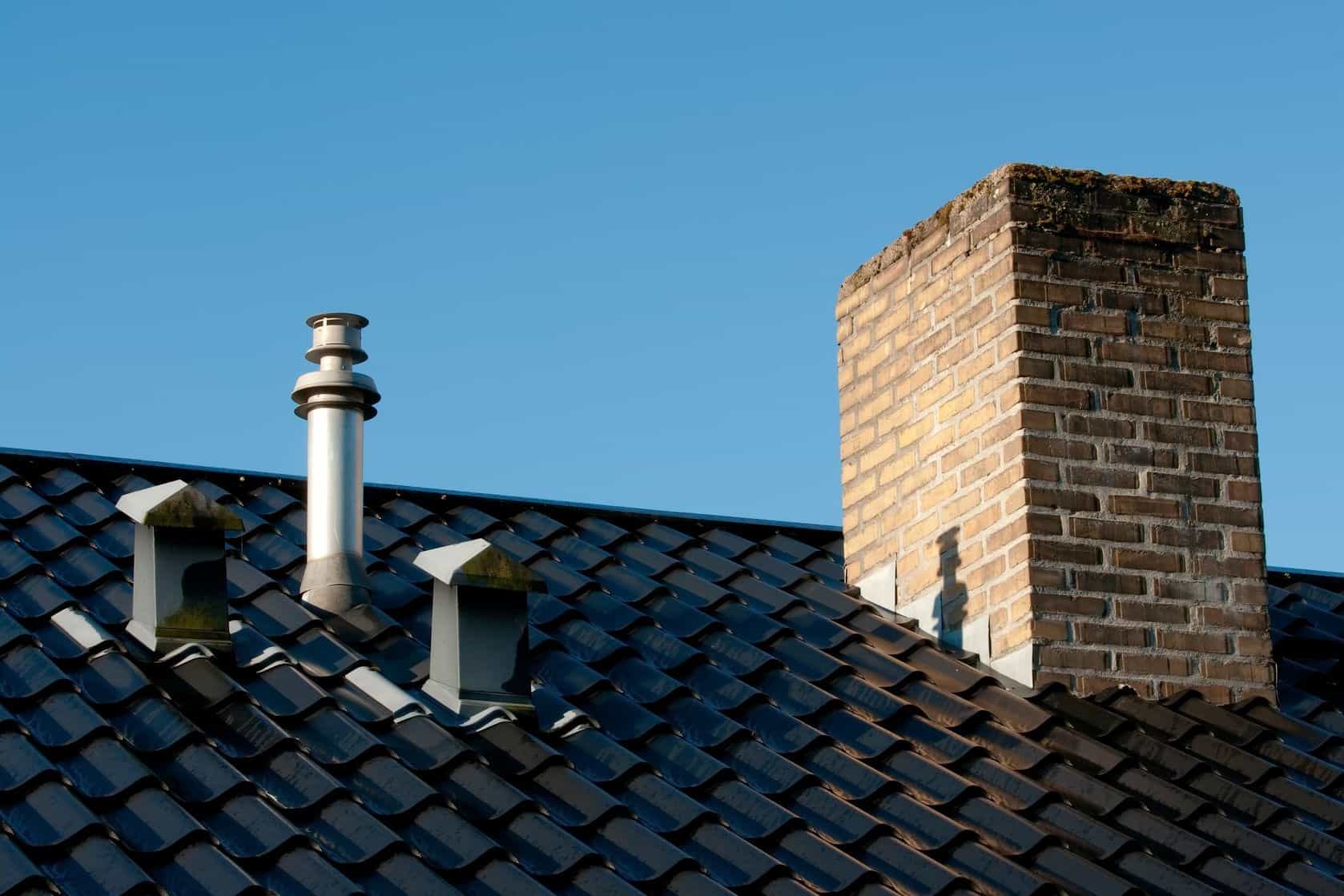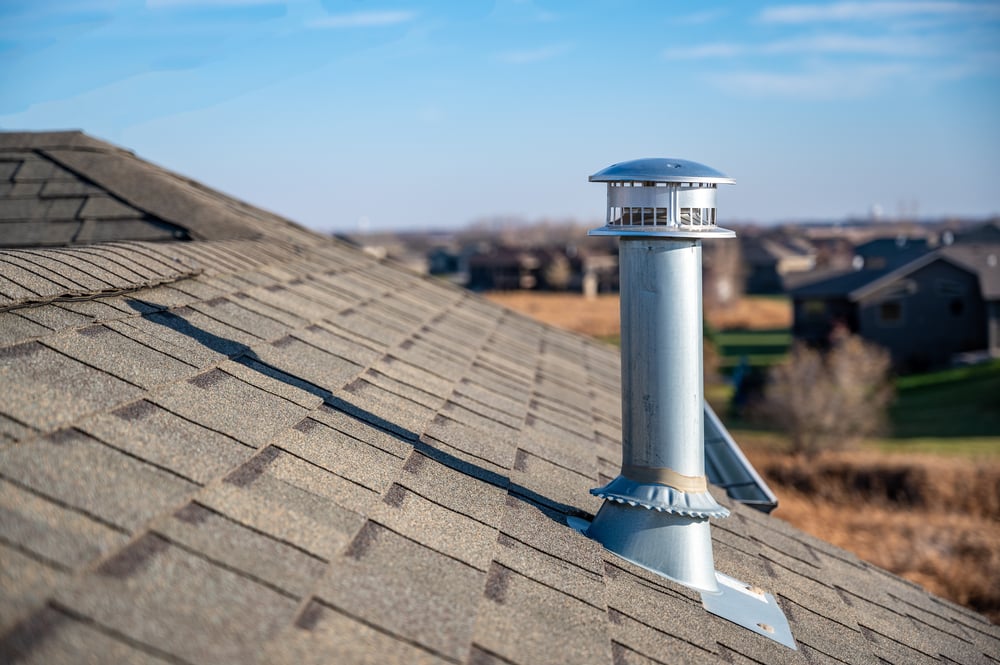The Benefits of Correct Ventilation in Your Plumbing System
The Benefits of Correct Ventilation in Your Plumbing System
Blog Article
We have uncovered this great article on What Is A Plumbing Vent & How Do They Work? below on the internet and decided it made sense to quickly share it with you on this page.

Correct ventilation in plumbing systems is often neglected, yet it is essential for preserving the performance and security of your home's pipes. Ventilation assists regulate air pressure, protect against the buildup of harmful gases, and ensure the reliable removal of waste. In this guide, we will check out the importance of correct pipes ventilation, exactly how it works, and the benefits it gives your plumbing system.
Understanding Ventilation in Pipes
Air flow in pipes describes the network of pipelines that permit air to flow via the water drainage system. These vents offer numerous objectives, consisting of managing air pressure within the pipes, avoiding drain gases from entering the home, and aiding in the smooth circulation of wastewater.
How Ventilation Functions in Pipes Equipments
Atmospheric Pressure Law
Proper air flow preserves well balanced atmospheric pressure within the pipes system. When water moves through pipelines, it displaces air. Without adequate ventilation, this variation can develop adverse pressure, causing reduce drains pipes or siphoning of water from catches, which can cause unpleasant smells to leak right into the home.
Protecting Against Sewage System Gas Accumulation
One of the most crucial features of pipes vents is to stop sewage system gases, such as methane and hydrogen sulfide, from collecting within the home. These gases can posture major health and wellness risks and are very flammable. Vent pipelines permit these gases to get away securely outdoors.
Helping in Waste Removal
Air flow assists in the effective elimination of wastewater by preventing airlocks in the water drainage system. When air can stream openly via the vents, it permits water and waste to flow efficiently through the pipes, decreasing the risk of obstructions and backups.
Types of Plumbing Vents
Key Heap Vent
The main pile air vent, likewise known as the air vent pile, is the main air vent in a plumbing system. It extends from the major drain line up through the roofing system, permitting gases to leave and fresh air to enter the system.
Branch Vent
Branch vents connect to the major pile air vent and offer private components, such as sinks, bathrooms, and showers. These vents make sure that each component has appropriate ventilation to work correctly.
Air Admittance Valve (AAV).
An Air Admittance Shutoff (AAV) is a one-way shutoff that allows air to go into the plumbing system without the need for a traditional air vent pipeline prolonging through the roof. AAVs are frequently utilized in renovations or areas where setting up a standard air vent is unwise.
Indicators of Poor Air Flow in Pipes.
Slow Draining Fixtures.
If your sinks, tubs, or commodes are draining pipes gradually, maybe an indication of inadequate air flow. Inadequate air circulation can develop a vacuum cleaner result, making it difficult for water to drain pipes correctly.
Gurgling Sounds.
Gurgling noises originating from drains are typically an outcome of air being sucked through water catches as a result of negative pressure in the pipes. This is a clear indicator of inadequate ventilation.
Unpleasant Smells.
Sewer smells inside your home are a warning that your plumbing system is not correctly ventilated. This can suggest that drain gases are not being adequately vented outside, resulting in possibly unsafe conditions.
Common Air Flow Mistakes.
Poor Vent Sizing.
Making use of undersized air vent pipes can cause inadequate air flow and pressure inequalities in the system. It's vital to make use of vents that satisfy the particular needs of your plumbing system.
Improper Vent Positioning.
Positioning vents also far from the components they offer can minimize their effectiveness. Proper placement makes certain that air can move easily and effectively through the system.
Disregarding Code Needs.
Building regulations supply certain guidelines for plumbing air flow. Ignoring these codes can cause a system that fails to operate properly and might cause pricey repairs or health hazards.
Benefits of Appropriate Ventilation.
Boosted System Performance.
Effectively aerated plumbing systems run more effectively, with fewer clogs, faster draining pipes, and less pressure on the pipes. This performance expands the life expectancy of the pipes system.
Improved Air Quality.
By preventing drain gases from entering your home, appropriate ventilation adds to far better interior air quality, making your living setting healthier and extra comfortable.
Preventing Water Damage.
Sufficient air flow helps prevent water from being siphoned out of catches, which can lead to sewer gases getting in the home and causing water damages over time.
Steps to Make Certain Appropriate Ventilation.
Consulting Pipes Codes.
Always speak with regional plumbing codes when developing or customizing your pipes system. These codes give the required standards for appropriate airing vent and ensure your system fulfills security criteria.
Routine Inspection and Maintenance.
Regular assessments can assist identify potential air flow issues before they end up being significant issues. Maintenance tasks, such as cleansing vent pipelines and looking for blockages, are important for maintaining the system in good working order.
Professional Installment.
For brand-new installations or major alterations, it's smart to work with a specialist plumbing professional. They have the competence to ensure the ventilation system is correctly created and installed according to code.
Final thought.
Proper ventilation is an important element of any type of plumbing system, guaranteeing that it operates successfully and securely. By comprehending the significance of ventilation, recognizing the indicators of inadequate ventilation, and taking steps to preserve your system, you can protect against pricey concerns and protect your home's air quality.
Understanding the Role of Your Plumbing Vents in the Drainage System
The plumbing system in your home is more than just the kitchen sink, toilet, and bathroom. Some problems that arise within home plumbing are hard to detect because homeowners may not understand potential causes.
One part of the plumbing system that could cause you endless problems is the venting. The drain lines that run through your home and drain wastewater need proper venting to function properly. Faulty plumbing vents can lead to several problems that require the expertise of a plumber to check them out. Before finding experienced plumbing services, there are a few things to learn about plumbing vents.
Why vents are vital
Vents in the plumbing system lead to an outside area such as the roof or the back. The function of these vents is to keep sewer gases away from the drain pipes. They also establish seals in the drainage pipes that prevent the sucking back of waste gases into the home. Venting in the plumbing system also allows oxygen to get into the drainage system, which is an essential component in the breakdown of waste matter. The vents also ensure that the air pressure within the drainage system remains balanced, facilitating the flow of wastewater.
Possible problems
When the plumbing vents are problematic, one of the consequences is imbalanced water levels in the toilet. If you notice that the levels in the toilet bowl rise and fall all the time, then there may be something wrong with the vents.
Another issue is air bubble formation within the toilet. In most cases like these, the drain pipes are not receiving enough air. Lack of air pressure equalization is what leads to water flow problems. If you come across such issues in your home, make sure you call professional plumbers, such as the ones from Perfection Plumbing & Drain Cleaning Ltd.
Potential causes
Several scenarios can lead to some of the plumbing problems that homeowners suffer because of venting. One such scenario is the use of incorrectly sized vents. Usually, vents are the same size as the drain line to facilitate proper venting. Vents that are too small will lead to some plumbing issues. Another potential cause is fixtures that are not close enough to the vents. In this scenario, air forces itself through the traps of other fixtures, leading to gurgling sounds from toilets and sinks.
Most of these problems also happen with clogged vents. Tree leaves and debris can cause clogging when they make their way down a vent. Unclogging plumbing vents is a service that you can entrust to Saskatoon plumbers. They will know how to snake down vents and remove clogging stuck in fixtures.

Hopefully you enjoyed reading our article about What Is A Plumbing Vent & How Do They Work?. Thanks a lot for taking the time to browse our blog post. Sharing is good. Helping people is fun. Thanks a bunch for being here. Revisit us soon.
Request An Appointment Report this page